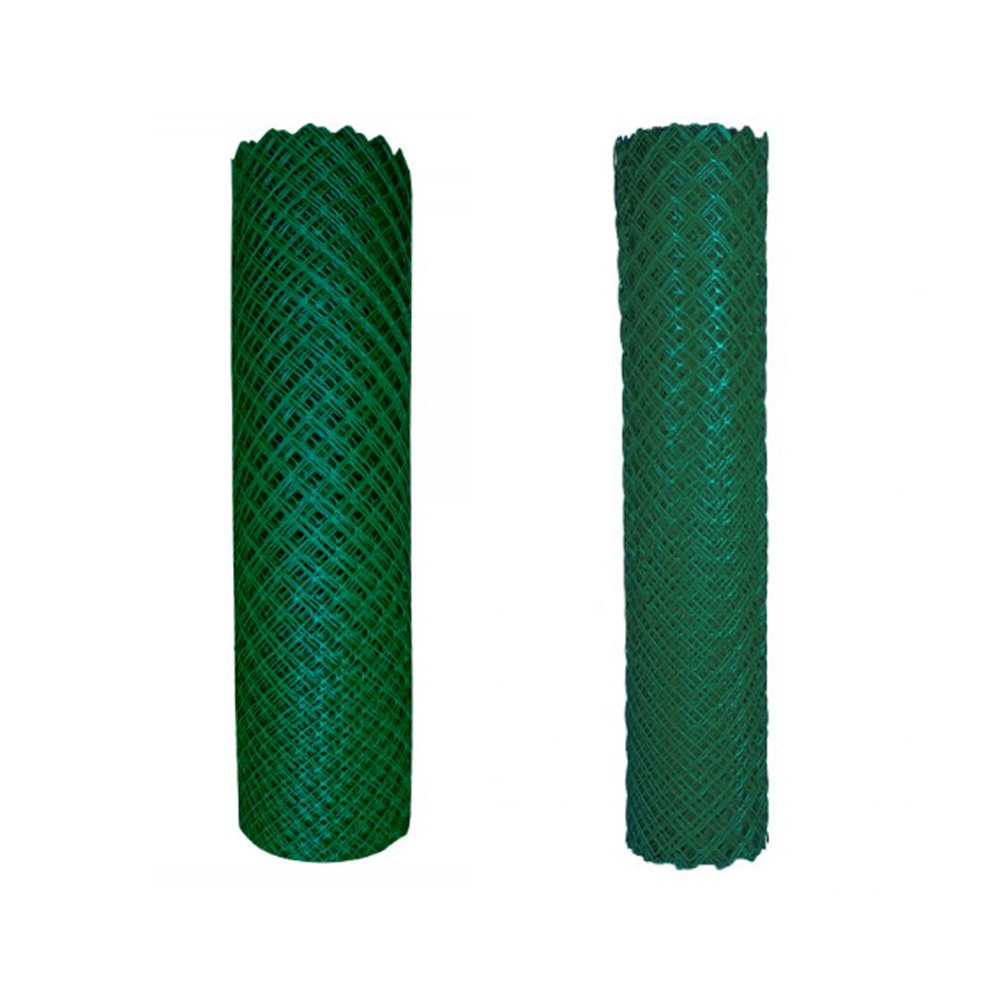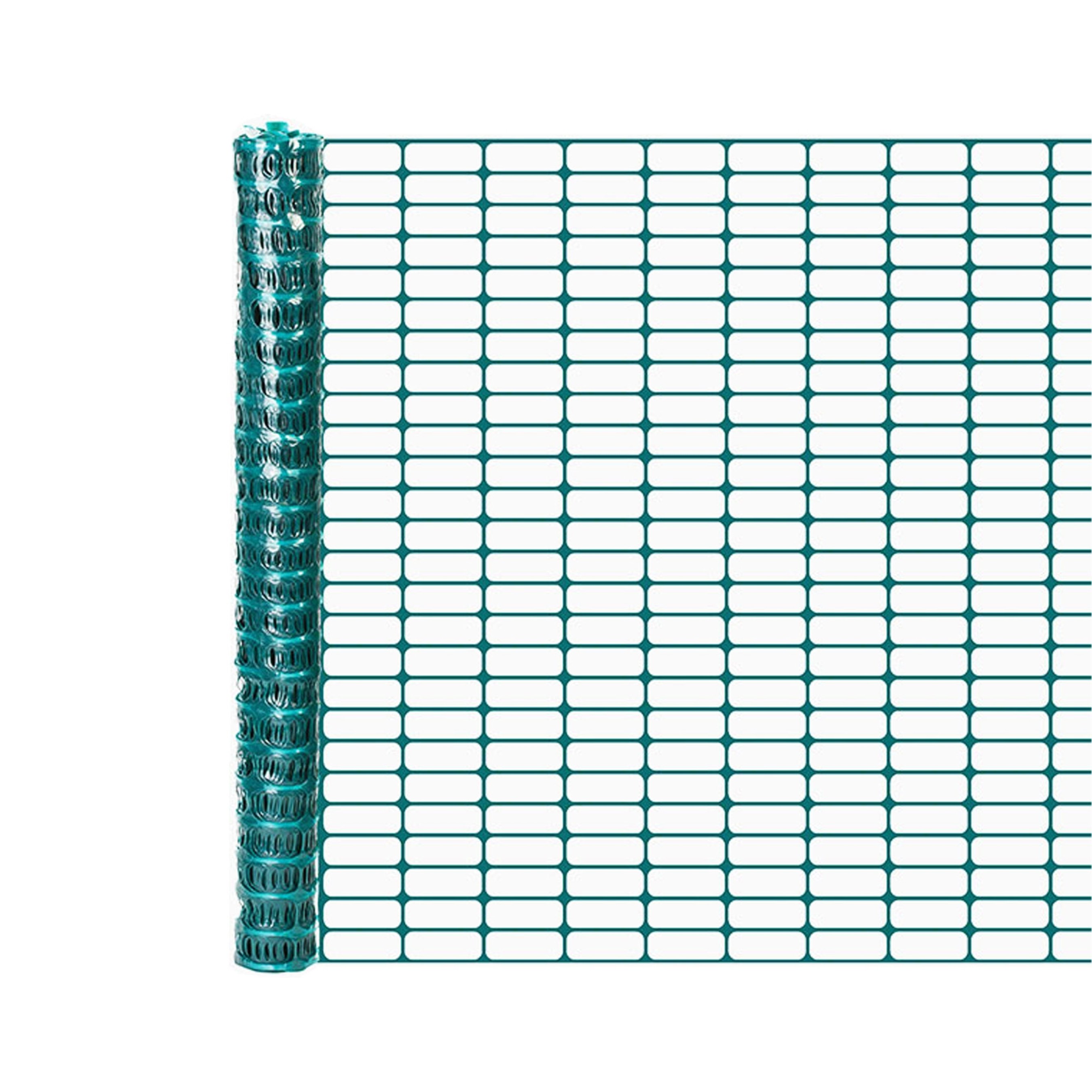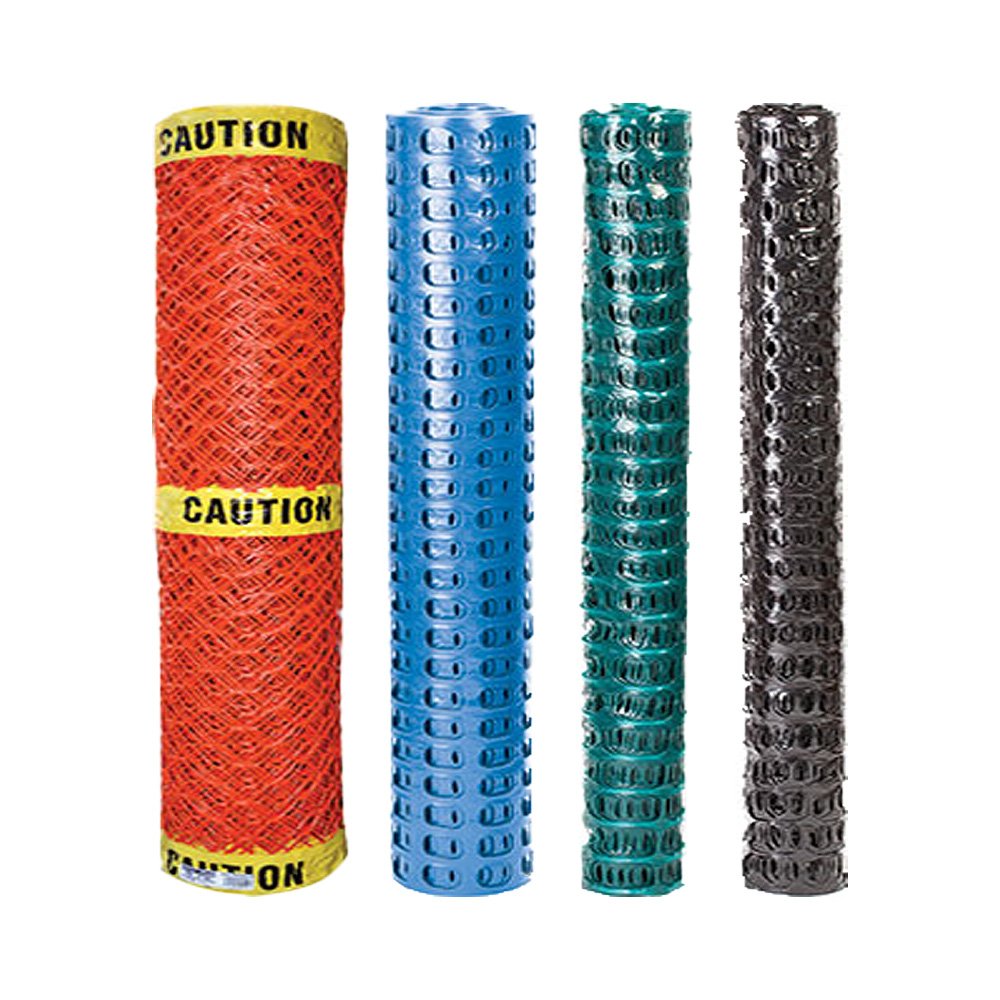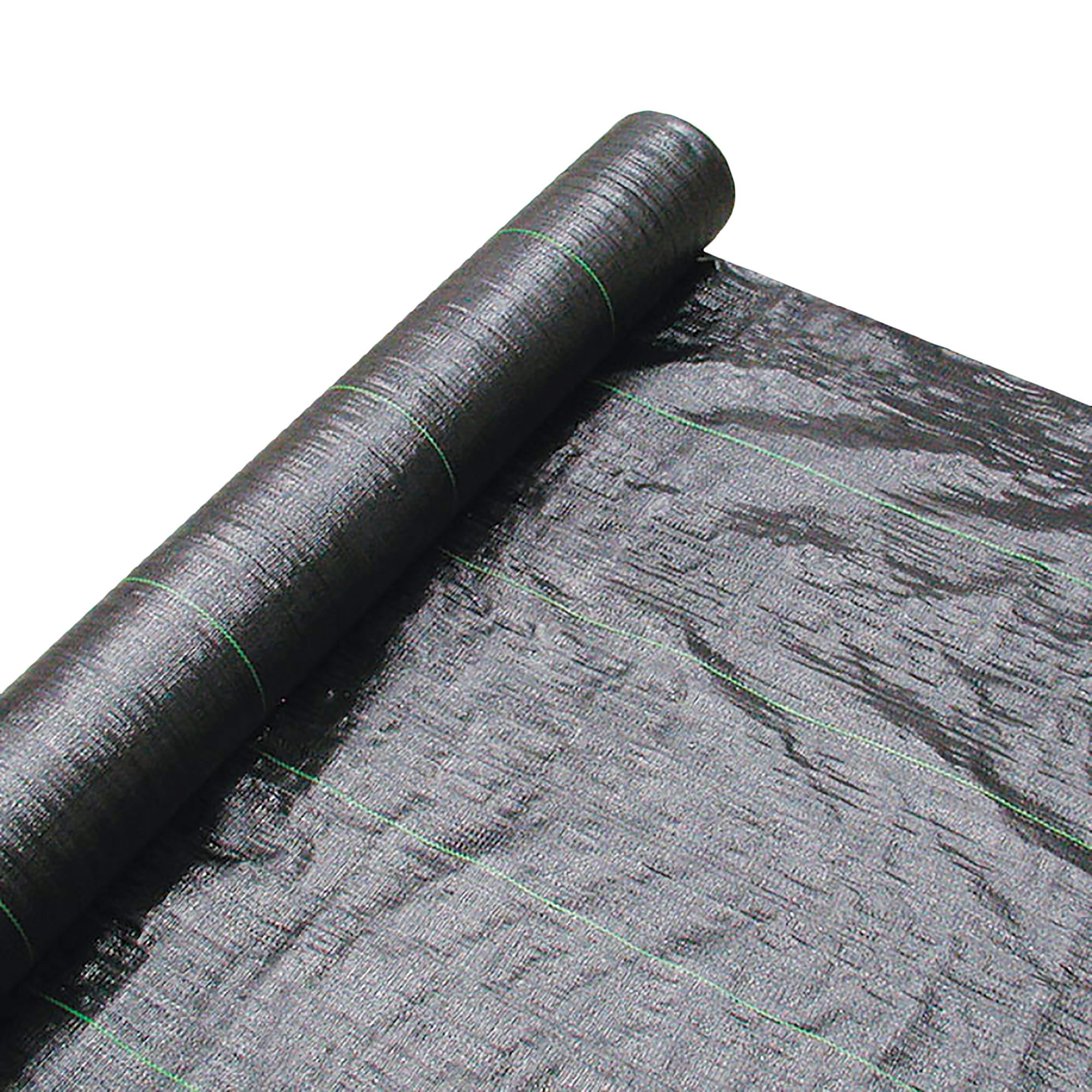Thick Green HDPE Barrier Fence

No matter what mesh-type fence you choose, there are usually many colors to fit the overall theme of your yard, construction site, or anywhere else you may place this fence. The best fence type you can choose is made from high-density polyethylene or linear low-density polyethylene. This robust and flexible fence variety makes it the ultimate choice for cages, airports, ski areas, access roads, sporting events, and construction sites. However, even if there are many green fences made from this material, there are several varieties you should be aware of before jumping headfirst into buying your fence.
What Purpose Do You Plan To Use Your Green Fence For?
Depending on your usage, you may need a thicker or lightweight fence. Heavyweight square mesh construction barrier fence is created to be highly visible and has low wind drag. Since the mesh of this fence is 2.25” x 1.75”, the fence can be installed using fewer posts, and you can spread these posts further apart. This saves time and money, offering a more straightforward installation process.
On the other hand, a Lightweight Oriented Oval Mesh Poly HDPE Snow Control Fence was created to follow the requirements of the state and local governments. These types of fences are used to prevent snow or sand from constantly drifting into an area. The laminar design offers more surface area for more significant wind loading. These fences are more commonly used to stop the snowdrift from entering roadways. Therefore, depending on how you use your fence, you will want to see what features each green mesh fence offers.
How Large Do You Need Your Mesh Size?
Depending on how you’ll use your mesh, you must consider some sizing options. Remember that a fence containing chickens or other small animals will need a tighter and firmer mesh. Choosing something with a larger mesh size works for a temporary fence that helps provide construction warning barriers or barricade control. Make sure to also look at the tensile strength too before purchase.
Tensile strength refers to how much stress an object can take. The higher the tensile strength, the more force a fence can withstand. This is one crucial area to consider when looking for a green fence.






